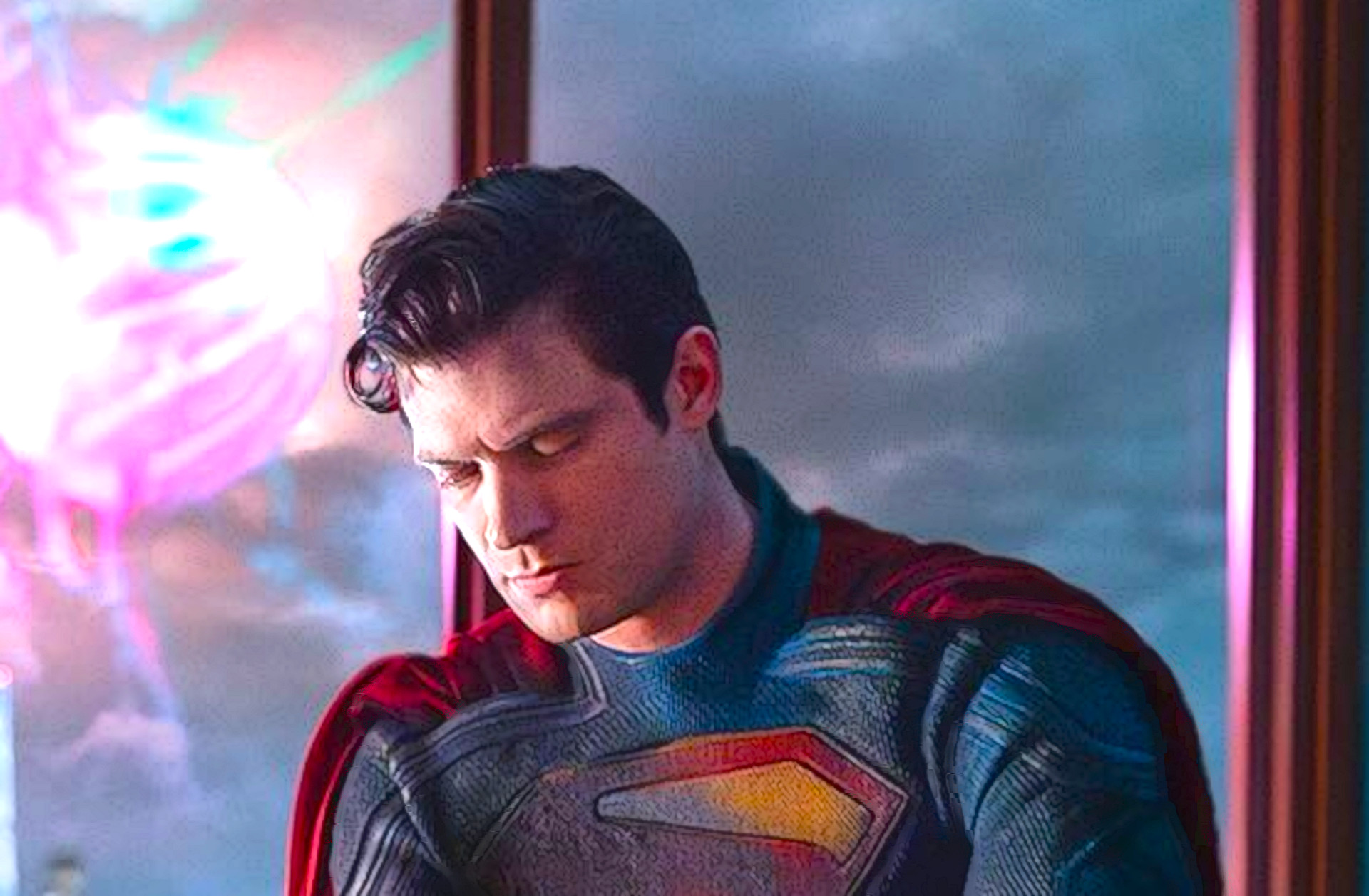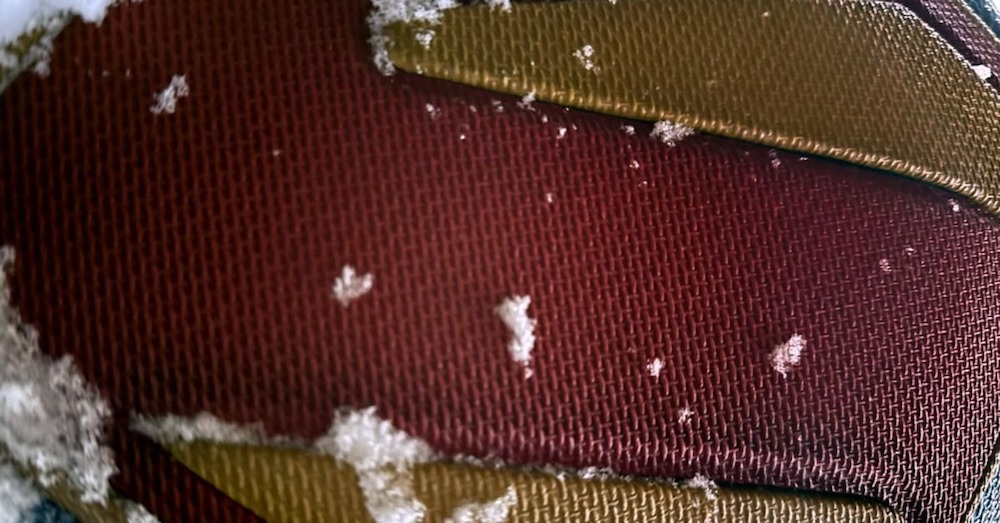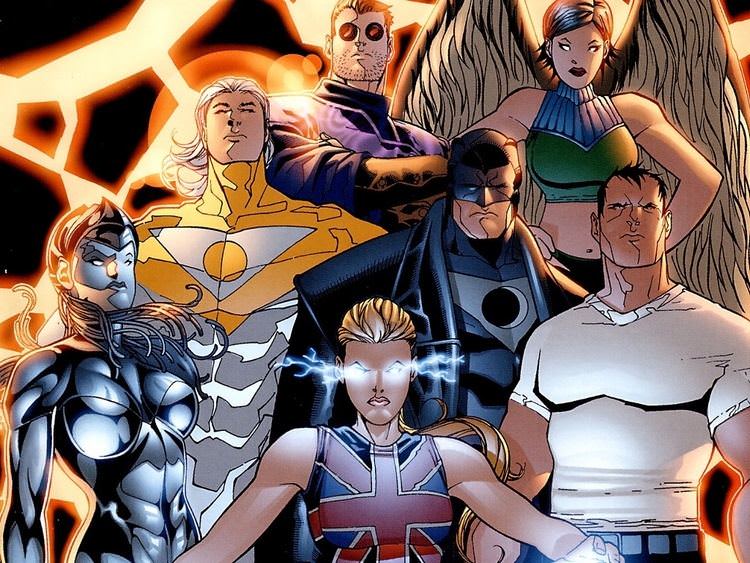Hold onto your bats, Bat-fans! That Arkham Asylum TV series we were all buzzing about? The much-anticipated “Batman Arkham Asylum” series on Max has hit a roadblock. But don’t worry, Gotham’s dark and twisted hospital for the criminally insane might still ...
Get ready Superman fans! It’s time to suit up and fly over some juicy new set photos that just hit the internet. Cleveland.com snagged some hot pics (and even a video!) of the upcoming Superman movie filming in Cleveland. The ...
New DCU Co-CEO James Gunn recently revealed a casting announcement for his upcoming Creature Commandos animated series, and the long-anticipated Peacemaker season 2. We now have confirmation on Frank Grillo as Rick Flag Sr. in both shows. However, the news ...
In a move that’s sure to light up the DC Universe, Damon Lindelof is back, and this time, he’s bringing the Green Lanterns to the small screen. Yes, you heard that right! The mastermind behind Lost and the Emmy-winning Watchmen ...
Okay DCU fans! Get ready for the Girl of Steel! “Supergirl: Woman of Tomorrow” is soaring into theaters on June 26th, 2026, marking the second film from the all-new DC Studios led by James Gunn and Peter Safran. Mark your ...
DC fans, hold onto your Superman socks! James Gunn, the main man behind DC Studios, just dropped the first full-body pic of David Corenswet suited up as the new Superman in James Gunn’s “Superman.” Mark your calendars for July 11th, ...
After months of speculation, James Gunn revealed the official logo for his Superman movie. The new film aims to be the start of a brand new DC Comics shared cinematic universe, the DC Universe (DCU). While the new DCU Superman Logo tributes to ...
Okay, comic book fans and aspiring actors! Buckle up, because the Man of Steel is soaring back onto the big screen, and guess what? He’s filming right in Cleveland! That’s right, Superman Legacy is setting up shop in the birthplace ...
James Gunn, the co-boss of DC Studios, is cooking up a new flick called “The Authority,” and it’s not your typical superhero squad. Think Justice League, but way edgier and a whole lot less chill. The Authority: Good Guys with ...
The Teen Titans are finally getting their own live-action flick under the DCU banner. That’s right, Robin, Starfire, Cyborg, Raven, and Beast Boy are about to smash their way onto the big screen! This news comes courtesy of The Hollywood Reporter, ...
Calling all Ohioans! Hold onto your glasses, because the Man of Steel is about to touch down in your state! That’s right, the upcoming “Superman Legacy” movie is setting up shop in Ohio, and it’s bringing a whole lot of ...
Hold onto your capes, DC fans! The upcoming “Superman” movie just got a whole lot louder, with the legendary Wendell Pierce taking on the iconic role of Perry White, the gruff but fair editor-in-chief of the Daily Planet. Who is ...
















